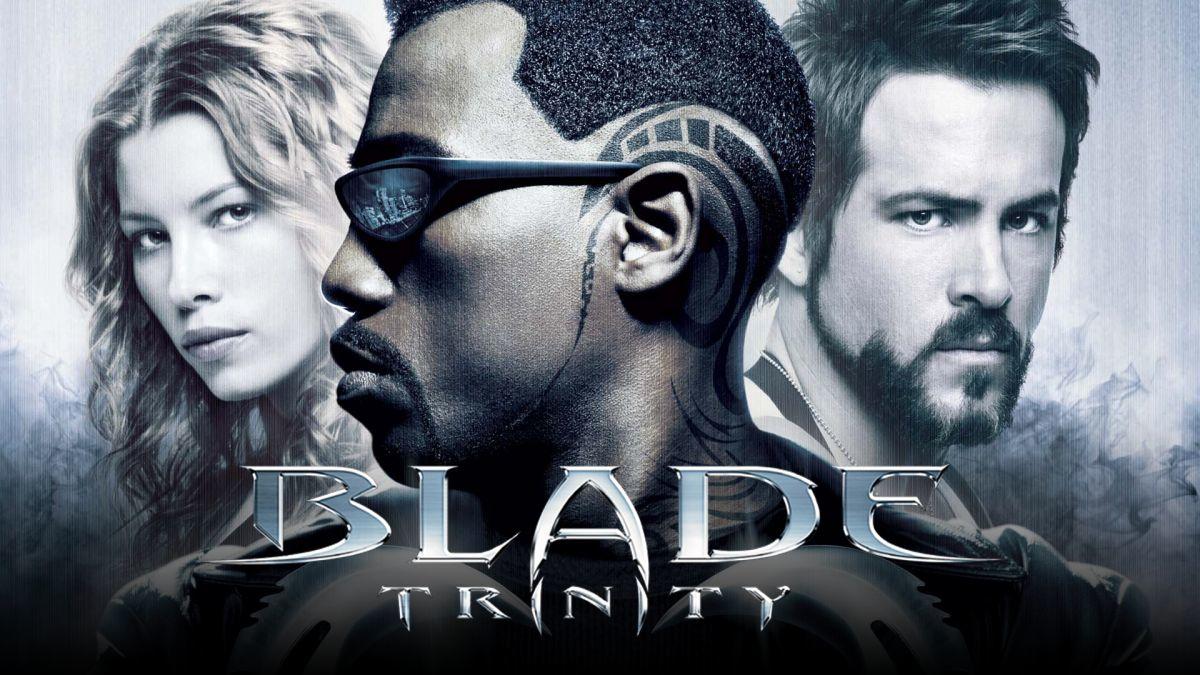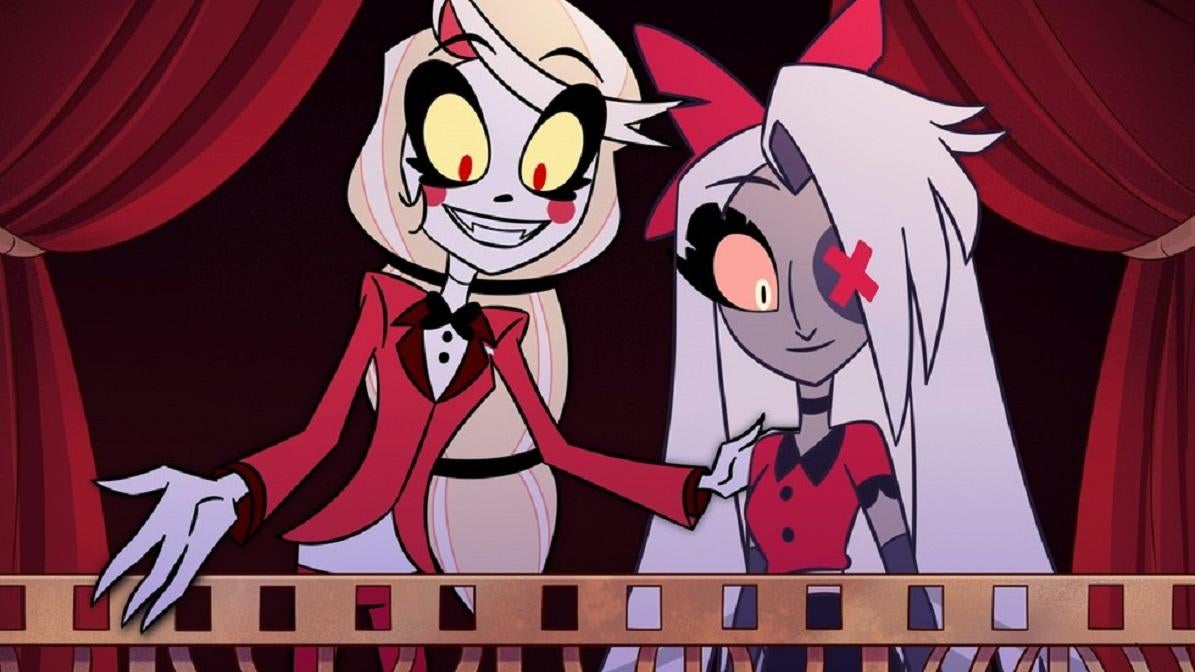Fear Street Part 1: 1994 Review: A Love Letter to '90s Horror That Defies Expectations
Few authors have left as much of an impact on burgeoning horror fans as R.L. Stine, with his [...]
Few authors have left as much of an impact on burgeoning horror fans as R.L. Stine, with his series of dozens of Goosebumps books being staples of '90s readers as much for what their stories contain as for their neon-colored covers. While that series might be more familiar with a certain generation, thanks also to various adaptations of the concept, Stine's Fear Street books actually pre-date Goosebumps, earning their own devoted fan base. After years of fans hoping to see a film inspired by the stories brought to life, Netflix is delivering an unexpected experience with three films that were filmed over an extended production schedule, debuting on the streamer in consecutive weeks. The debut installment, Fear Street Part 1: 1994, manages to honor the spirit of the novels while also injecting fresh perspectives to make for a journey as compelling to fans new and old alike, which also serves as an effective time capsule to the time in which the books dominated library shelves.
Following an unexpected tragedy, the town of Shadyside comes together to cope with the shocking occurrence, resulting in the reveal that this is only the latest in a series of grisly murders that the town feels cursed with. When an unsettling vision comes to Samantha (Olivia Scott Welch), she realizes that not only does this pattern of mayhem go back even further than anyone thought, but that there could be one direct reason for all the madness, as she and her friends Deena (Kiana Madeira), Josh (Benjamin Flores Jr.), Kate (Julia Rehwald), and Simon (Fred Hechinger) aim to end the darkness once and for all.
R.L. Stine fans have already seen his iconic works brought to life with two Goosebumps films, both of which found ways to lift characters and creatures directly from the source material to weave them into an entirely original narrative. The entire Fear Street trilogy, however, makes a major deviation from that approach by opting to embrace the tone and spirit of the various novels within the series, instead allowing the films to deliver entirely fresh experiences.
Another major change filmmaker Leigh Janiak brought to this approach is that, while the books were geared towards teen-aged readers, this trilogy quickly proves that it won't be pulling its punches, diving headfirst into gore and violence. It doesn't craft stomach-churning sequences merely for the sake of delivering buckets of blood, with the brutality of the sequences feeling all the more effective when juxtaposed with the more playful sense of humor of the overall experience. What's made quite clear is that, while a tamer outing would have appealed to a broader audience, its maturity in not only its gore but also in its representations of how teens really talk and experience things honors the original audience, making it impossible to imagine what a toned-down version of the concept would even look like.
What truly makes the film stand out is the charming and genuine connections between all of the characters. Surely there are elements about the characters that fall into the stereotypes of most horror films, though there are enough deviations from that formula to prevent it from feeling derivative of any one entry into the slasher subgenre. Not only is it hard to single out any one performer for being especially exceptional, given that they're all helping carry the weight of the film's drama, humor, and horror, but it's also difficult to point out what it is about these characters that makes them so rich and complex without spoiling both who they appear to be early on in the film as well as their evolution throughout the adventure. Speaking in broad terms, horror fans arguably haven't been given such exciting reinventions of previously rigid archetypes since the ensemble in 2011's The Cabin in the Woods. Considering the acclaim that film has deservedly earned over the years, this comparison should give an indication of the depth of the cast and their performances.
As expressed by the title, Part 1 of this trilogy goes all-in on the era-appropriate references, which some audiences will find charming as others will likely receive less positively. To a degree, it falls into the setbacks that Netflix's Stranger Things is known to suffer from, in which the production design attempts to embrace a specific era so wholly, it goes above and beyond any measure of making references merely to fuel the flames of nostalgia, instead immersing itself in every facet of pop culture at the time to an almost dizzying measure. Of course, some viewers will appreciate the authenticity, while others will think the filmmakers are trying to trick you into liking the film because it references an album or movie from that era you enjoyed. However, for audiences who were around in the mid-'90s, it's hard not to enjoy the countless needle drops, which ultimately play much more directly into the narrative than merely being used to evoke a clichéd tone.
Much like the soundtrack serves as a direct homage to the music at the time, the overall experience, even down to the narrative and directing style themselves, serves as a faithful tribute to the teen-oriented slashers at the time, specifically Scream. Some sequences, in fact, are almost direct recreations of iconic moments from that film, to the point that it's almost a distraction. By the time we get to the film's second act, it will become clear that it's much more than a Kevin Williamson ripoff, as it makes distinct deviations from Scream and its ilk that feel all the more surprising as we start to believe we're heading down a formulaic path, yet much like the '90s set dressing and soundtrack, this overt tribute will delight some and majorly disappoint those who dismiss the entire film as nothing more than a love-letter to the thrillers that dominated the genre in the late '90s.
What's especially impressive about the overall product is that, with its title being "Part 1" and the inclusion of flashbacks into the town's history and even a brief teaser of things to come, is how much Janiak bit off with this first installment alone. There are a number of trilogies that are announced as a whole as opposed to being revealed based on the success of each installment, though most follow a linear narrative path. Instead, viewers know that this is the "last" chapter from a chronological standpoint, yet Janiak seems to have found the most difficult path to navigate, as she has to reverse-engineer how the upcoming films will jump backward in time in addition to still leaving an impact on audiences. It's truly impressive the way she structures the adventures, though, with Janiak having not only conceived of the idea with Kyle Killen and Phil Graziadei but also having written the script with Graziadal, she clearly had big hopes for the ambitious endeavor, which largely end up being a success.
What makes the entire experience fascinating is that it pays off as a love letter to horror of the '90s without necessarily explicitly feeling like it embraces signature elements of its namesake. However, with the Fear Street books being of their time and tackling all manner of monsters and murderers, it begs the question of what really makes a Fear Street movie a Fear Street movie? The question itself is largely moot, as what matters is that Fear Street Part 1: 1994 delivers humor, horror, and the circumvention of genre expectations to craft a singular experience with actual stakes that make you root for its heroes more than the standard cast of disposable characters. Additionally, the film manages to find ways to not only wrap up the centuries-spanning storyline, but also plants the seeds for what's to come in the future.
Rating: 4 out of 5
Fear Street Part 1: 1994 debuts on Netflix on July 2nd.




